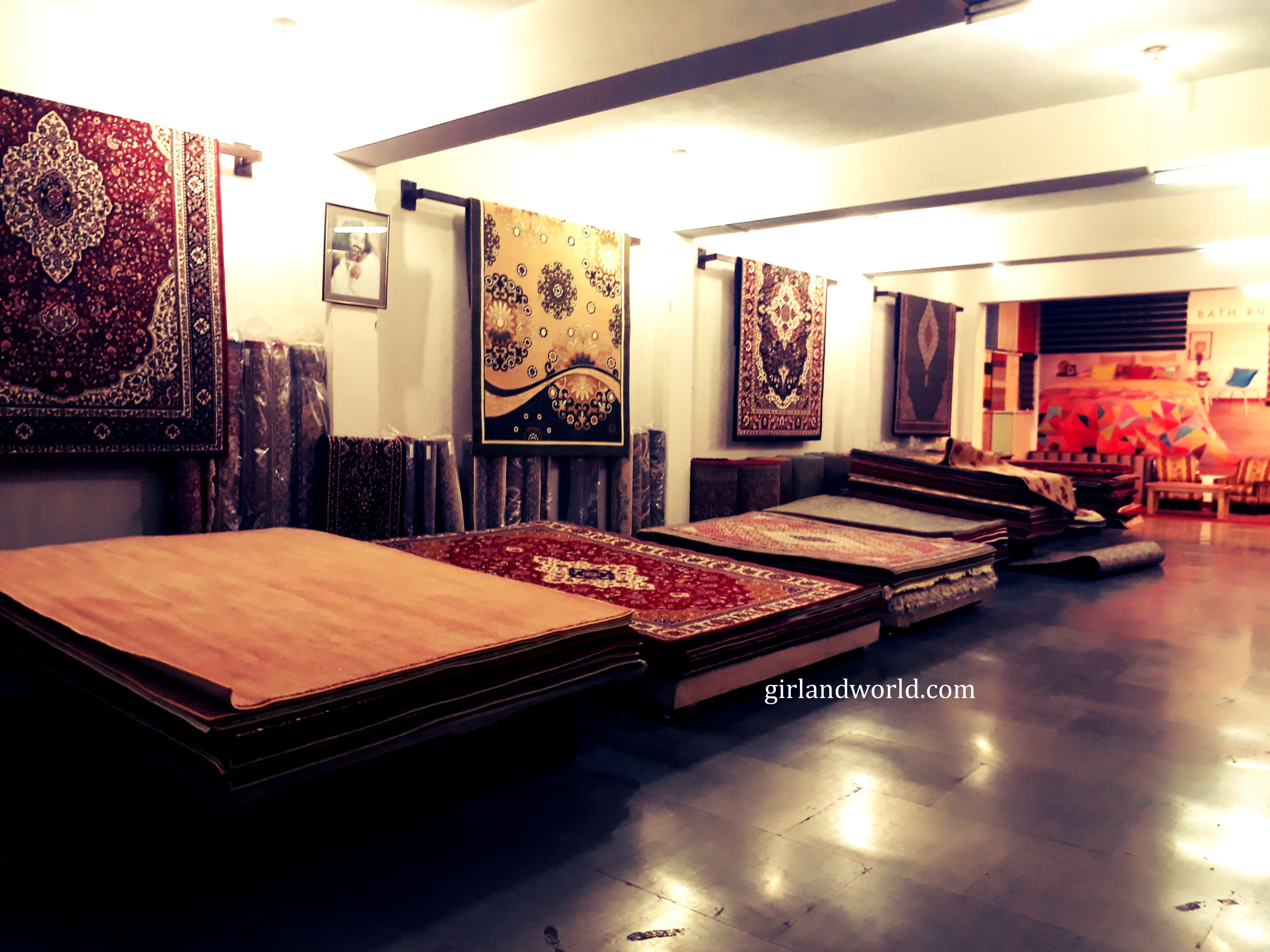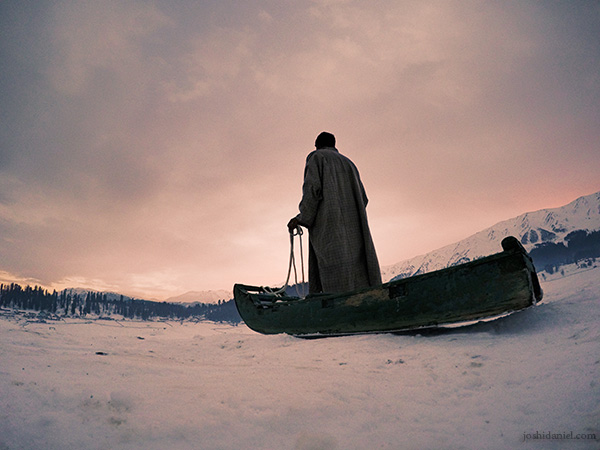*By Muzamil Rashid*
The most oppressive institution which broke the back of the peasantry in Jammu and Kashmir was the institution of Begar (forced labour) . Probably the first reliable reference to it is found in the Rajatarangni. During the Mughal rule this developed into a regular institution, particularly when huge armies of porters were inquired to carry the baggage of the emperors and their retinue during their frequent visits to the Valley. The transfer of Kashmir to Maharaja Gulab Singh in 1846 A.D., led to the momentous consequences affecting the life and conditions of the people of Kashmir.

Begar was of two kinds under-paid labour and forced un-paid labour. The most pronounced one was that labour which was demanded from the peasants for carrying loads. The physical geography of Kashmir and the absence of modern means of communication demanded a sizable labour class for transportation purposes, but during the Dogra Period this demand assumed enormous proportions owing to two factors. First, because of the threat of the Russian expansion, a big military garrison was stationed at Gilgit which necessitated the carrying of goods to and from Gilgit. Secondly, there was a great influx of European visitors and officials in to the Kashmir.
The unpaid labour also brought risk to the life of a peasant as there were least chances for his return because of the thirst, hunger and the harsh weather conditions.
The Begar to Gilgit was not only an unpaid labour but also brought risk to the life of a peasant as there were least chances for his return because of the thirst, hunger and the harsh weather conditions. Besides the longer absence of the peasants left his land unattended and therefore caused a great loss to him
and thus starvation due to the shortage of food. The institution of Begar was made much complex by the inefficiency of administration which left corrupt officials free to exploit the situation and thus extracting money illegally from them to fill their purses.
Those who were attending their patients, carrying their personal urgent works or even newly wedded couples were not spared.
In 1900, Begar was abolished in principle but used in the event of emergency. In 1910, the governor of Jammu brought the evils of the Begar to the notice of the State council in which he informed that those taken away for forced labour were either not paid at all or partly paid. Besides they had to wait for a long period to receive these meager wages resulting in that money hardly reached their pockets at all. In 1913, the Revenue Member suggested strongly entrusting the work of payment to the concerned Tehsildars and Lamberdars, but the corrupt officials hardly made the system to improve.
In 1916 the governor in consultation with Settlement Commissioner, recommended for exemption from Begar, certain classes of people such as Pundits, Peer-zadas, Syeds, Sikhs, domestic servants of high officials, privileged classes, Jagirdars, Lambardars, Ziladars, Patwaris, village menials and Chowkidars, persons attached to religious institutions like Imams, Pujaris, Bhais and Shrine Khadims, aged or infirm males, females, minors and others physically unfit persons rendering special services to Maharaja’s, cultivators (Kashtkars and Chowkidars).
In 1920, the State took an important step to abolish Begar and decided to grant exemption to a greater number of people. Persons in the State Government Service, retired servants on pension, holders of war medals, members of the families of Lambardars, Chowkidars, Takavidars, Scout corps, non-commissioned officers of army, Shopkeepers, Blacksmiths, religious leaders, Waisutis (men to look after the Khuls), Carpenters, Dooms, Kamnis, Rajas, members of respectable families, servants of European and Indian
gazetteed officers, aged men, women, children and disabled persons, all were exempted from Begar.
In 1925-26, the word Kar-i-Begar was replaced by the word Kar-i-Sarkar and the forced labour extorted by the visitors and private persons was prohibited. In spite of all these measures the revenue officers extorted Begar from the villagers without paying them a single penny although the rules prohibited this.
After 1947 the political transformation with the changing nature of State ushered a new era in the history of Kashmir. It was only after this that the real changes occurred in the political, administrative and economic structure of State.
(Note: The article is based on information taken from Muzamil Rashid’s dissertation (MPhil) titled “Institution of Begar in Kashmir ( 1846-1947)”. The research paper can be downloaded here.










